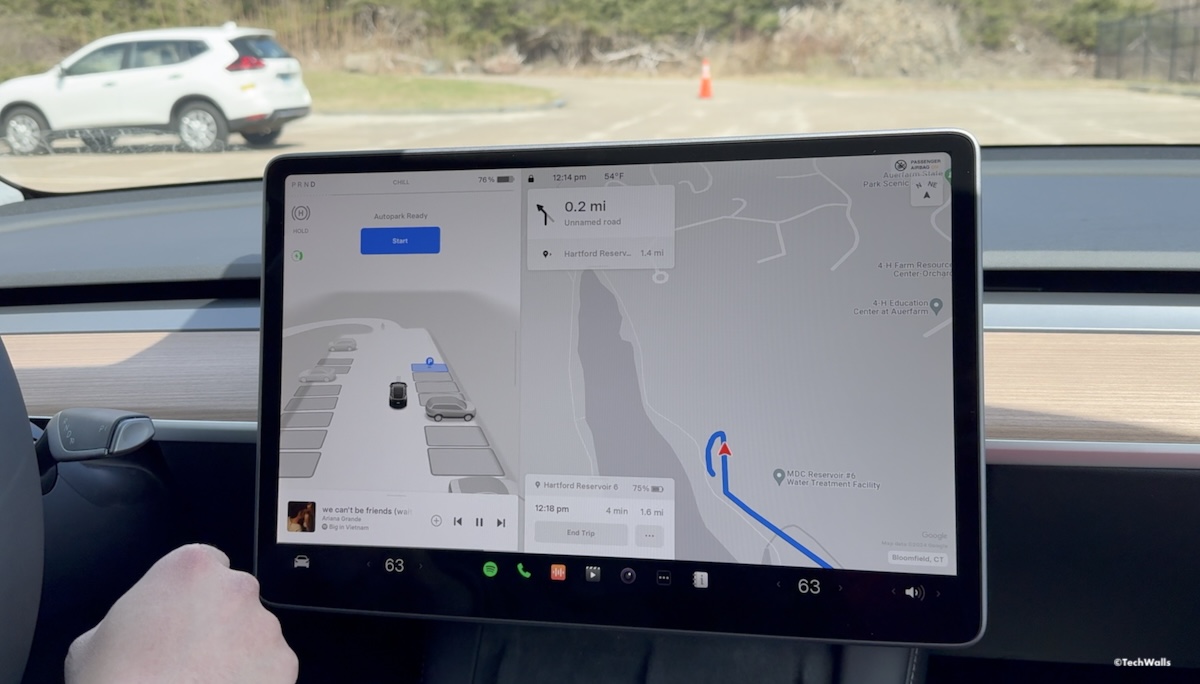Tesla has recently rolled out a new version of its auto parking system, designed exclusively for its newest vehicles that rely solely on a vision-based system. This update marks a significant leap in their Advanced Driver Assistance Systems (ADAS), driven by Tesla’s shift from traditional ultrasonic sensors to a purely camera-based approach.
2 years ago, Tesla decided to eliminate ultrasonic sensors (USS) from its new vehicles, starting with the Model 3 and it sparked widespread discussion. Critics pointed out that USS technology typically offers enhanced precision for parking assist features. However, Tesla and Elon Musk argued that the company’s camera-based Vision system, supplemented by advancements in artificial intelligence, could not only replicate but potentially surpass the capabilities of USS-based systems. The transition aligns with Tesla’s broader goal to fully empower its ADAS functionalities with its neural net-driven, camera-only vision system.
The latest Autopark feature showcases a distinct departure from its predecessors. The interface now visually highlights parking spots in a novel manner, allowing drivers to select a spot directly from the screen. This update has been long-awaited, arriving two years after the discontinuation of ultrasonic sensors, filling a notable gap in Tesla’s ADAS offerings.

My firsthand experience with the new Autopark feature in a Tesla Model Y was pretty good. The process begins as the vehicle scans for available parking slots on both sides while driving through a lot. Utilizing the live feed from its cameras, the vehicle then projects a 3D representation of the available spots on the infotainment touchscreen. After selecting a spot and initiating the parking sequence, the vehicle expertly maneuvers into place, all while providing a live camera feed and a top-down simulation of the parking process on the screen.
Despite the enhanced user interface and improved detection of available parking spots, the system’s speed is disappointing as it is significant slower than when I park the car myself. Sometimes it takes up to 40 seconds to back up to a parking spot. Nevertheless, the new Autopark feature represents a significant advancement in Tesla’s quest for a fully vision-based ADAS.
Tesla’s dedication to refining and expanding its camera-based technologies promises exciting developments for the future of automated driving. As these systems continue to evolve, the anticipation for faster, more intuitive features grows, signaling a new era of automotive innovation led by vision and AI. If you’re interested in buying a Tesla, this is a good time to buy as they are priced almost at all-time low.



